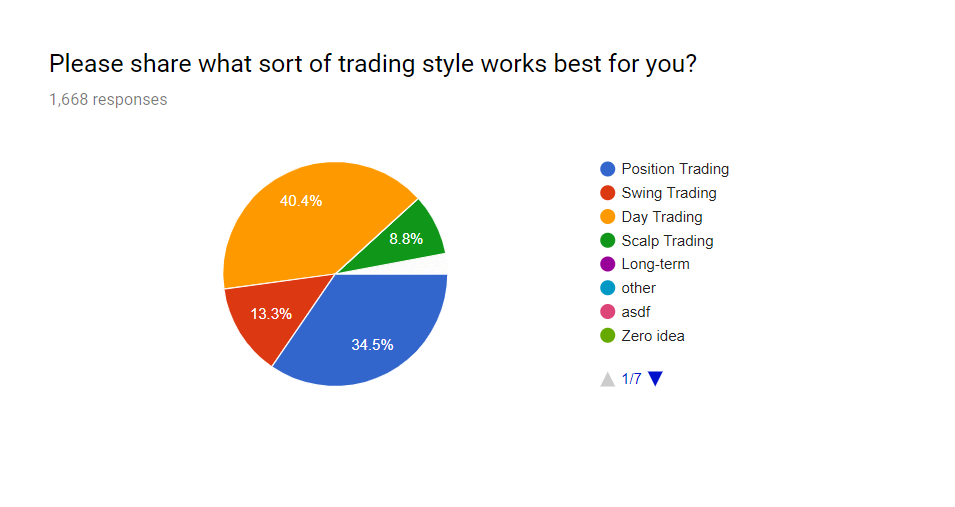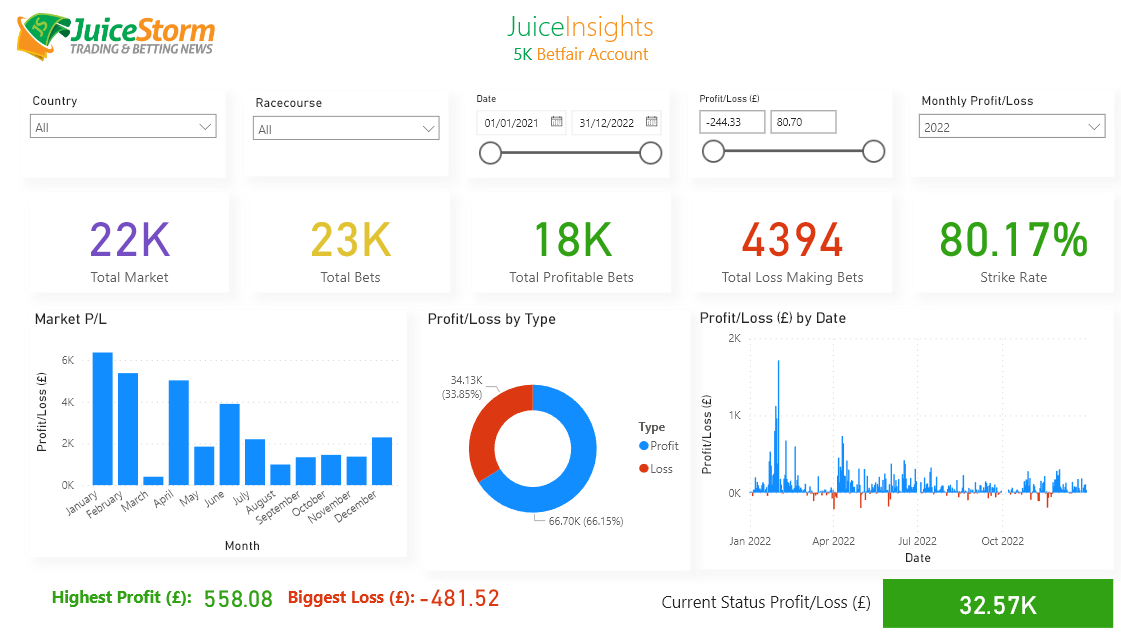The Various Trading Styles and How They Work
One of the most difficult things to accomplish is becoming a successful trader
Traders often lack the discipline or support to follow their trading approach on a consistent basis–and they frequently have a mechanical edge working against them.
At Digitex Futures and Lion Asset Management, via the Digitex University, our mission is to produce more successful traders. We will help you become better through our state-of-the-art user interface and commission-free trading. And since our interests are aligned with our traders (we both want token appreciation) our exchange will increase your chances of winning over other futures exchanges.
Various Styles of Trading
There are several reasons people are consistently failing at trading. One of the main ones is because speculators fail to select the proper style of trading. In our recent survey, we asked our community what style of trading you’re used to, and most of you (40.4%) answered day trading.

Here, we’ll review the various styles and discuss the art of successful trading. Regardless of the different classifications, essentially, there are three different styles of trading. The list includes discretionary trading, system trading or a combination of both.
Discretionary Trading
Discretionary trading is also known as decision-based trading. In other words, the trader decides which trades to take based on the current conditions of the market. This type of approach gives the trader more freedom in terms of trade selection, risk management, and profit target.
Let’s review an example of a discretionary trade.
On January 5, 2018, Bitcoin (BTC) generates a bullish breakout when it crosses above its 20-day moving average. However, the breakout occurs on very light volume. Therefore, the trader decides to ignore the trading signal because the breakout was not confirmed by heavy volume.
In other words, the trader made a “discretionary decision” to skip the trade and wait for a better opportunity. Please review the chart below (Chart #1). This manner of trading is known as position trading.

As a general rule, discretionary trading should only be attempted by traders who have years of real-time trading experience. It takes several years of training and practice to master the art of successful discretionary trading.
The biggest risk of discretionary trading is that the trader lacks the ability to distinguish between winning trades and losing trades. In other words, inappropriate trade selection is causing the trader to miss several winning trades.
System Trading
Another popular trading style is system trading, also known as rules-based trading or mechanical trading. This type of approach requires the trader to follow a pre-determined set of rules. Please review the below chart (Chart #2).

The trader has decided to use a 25-day moving average to generate buy and sell signals. Each time a trading signal is triggered, the trade is automatically executed. She/he does not employ any type of discretionary method to filter the trades. Instead, the trader takes every trade, ignoring any outside influences. This type of approach can involve day trading or long-term position trading.
Novice traders with very little experience will probably achieve better results by using a 100% rules-based system. Why? Because it forces the trader to take every trade. Novice traders simply don’t have enough experience to decide which trades to ignore. Therefore, they inevitably skip many of the winning trades, which results in poor trading performance.
The biggest risk to system trading is the inevitable losing streaks that occur as a result of taking every trade. System trading is a “double edge sword.” It allows the trader to capture all the winning trades. However, it also ensures that she/he will be forced to endure the nasty losing streaks.
Despite the fact that the trader will experience occasional losing streaks, it’s still best for the novice investor to use a rules-based approach. This type of plan helps the trader develop the discipline to follow the rules on a consistent basis. It also promotes patience as the trader waits for the system to generate a winning trade.
A Combination of System and Discretionary Trading
A third style of trading is a combination of system trading and discretionary trading. This type of approach involves a rules-based system. However, it allows the trader to decide which markets to trade. Once the markets have been selected, a rules-based approach is used to trade the markets. Trading in this manner would fall under the category of short-term swing trading or long-term position trading.
Many experienced investors prefer using a combination of system trading and discretionary trading. Why? Because they feel that they have enough experience to select which markets will produce the greatest amount of volatility.
In order to accumulate consistent profits, it’s very important to trade markets that have a tendency to exhibit large price movements in a relatively short period of time.
For novice traders who don’t have the experience to select specific markets, the best course of action is to choose a small group of markets to trade using a rules-based approach. By selecting three to five different markets, it increases the likelihood that one of the markets will have enough volatility to generate a consistent rate of return.
It only takes one volatile market (within a small group of markets) to allow a trader to capture a nice rate of return over an extended period of time. Very often, novice traders will make the mistake of deciding to trade a single market for a long period of time. Trading a selected group of markets can be categorized as day trading or position trading. If you’re a novice trader, position trading should be selected over day trading.
Unfortunately, if the trader selects a market that is locked in a boring trading range, it will be almost impossible to produce a profit. Markets that are stuck in a trading range will not create enough price volatility to make any money. Therefore, it’s rarely a good idea to trade a single market for several months in a row.
Which Trading Style Should I Use?
It’s very important to select the appropriate trading style. Most likely, it will determine your success or failure as a trader. Choosing the best trading style should be based on your level of experience.
If you’re a novice trader, it’s certainly best to use a systematic approach. Using a rules-based system will help you develop the patience and discipline to follow a specific trading plan for an extended period of time. However, it’s very important to trade in more than one market. At this stage of your career, trade diversification is a critical component of successful trading.
If you have several years of trading experience, using a discretionary approach is probably the best course of action. It will allow you to use your trading experience to avoid some of the losing trades that inevitably occur with system traders.
However, do not attempt to use a discretionary method unless you are highly confident in your ability to successfully identify some of the losing trades from a rules-based system.
Arguably, the best approach is to incorporate system trading with discretionary trading. If you have the ability to choose the appropriate markets to trade, your results will improve dramatically. But don’t attempt to use this type of approach unless you are extremely confident in your trading skills.
Personal Observations
In regard to cryptocurrency trading, I prefer the TRABOS method. TRABOS is classified as a position trading system. Some traders would classify TRABOS as a swing trading method. However, it falls in the category of a trend-following system.
However, futures trading works best when using a combination of rules-based trading and discretionary trading. More specifically, I only trade the markets that are on the verge of an important breakout.
Regardless of which trading style you decide to use, the most important aspect of becoming a successful trader is patience and discipline.
You must have the discipline to follow your trading approach on a consistent basis for an extended period of time. Digitex Futures can help you become a more successful trader by offering a state-of-the-art user interface and commission-free trading. The crypto trading community is waiting with anticipation for the launch of the Digitex Exchange in Q2.
Full Disclosure: I own DGTX.
Digitex Futures writers and/or guest authors may or may not have a vested interest in the Digitex Futures project and/or other businesses mentioned throughout the site. None of the content on Digitex Futures is investment advice nor is it a replacement for advice from a certified financial planner.





